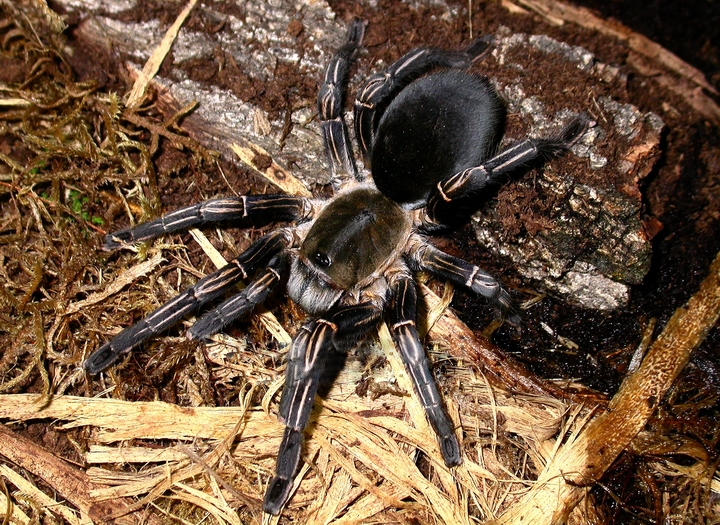
If you want to eat like a local in Cambodia, you’d better not be squeamish. Deep fried tarantulas are sold by the dozens from roadside stands in cities like Phnom Penh.
It’s not unusual to see photos or videos on social media posted by Western tourists who’ve dared to eat a bug. In some Asian countries, fried grasshoppers, beetles, and other insects are marketed almost exclusively to the tourist crowd: those bugs aren’t actually a big part of the local cuisine.
But in Cambodia, it’s a different story. What’s a delicacy today was actually a lifesaving source of nutrition during one of the darkest chapters in the country’s history, and that’s worth a lot more than an Instagram post.

After gaining independence from France in the 1950s, Cambodia was wracked by violence and civil war. In the mid-70s, it all came to head as Pol Pot, the leader of the communist military regime known as the Khmer Rouge, took control of Phnom Penh. Pol Pot envisioned a Cambodia that existed as an agrarian society living off crops grown in the countryside, so the Khmer Rouge forced the 2.5 million people living in the capital city out into the surrounding hills, murdering anyone who resisted.
But without the agricultural infrastructure to support millions of people, starvation soon became a huge problem. To survive, the people took to eating anything edible, and somewhere along the line that began to include the Thai Zebra tarantula (Cyriopagopus albostriatus), which was abundant in the forests of Cambodia, easy to capture, and large enough to provide a good dose of nutrition.

Today Cambodians don’t depend on the arachnids for survival, but they do honor this unique culinary tradition by serving the deep-fried tarantulas as a delicacy. They fetch a premium price, too, with a large tarantula costing up to $1 (that’s a lot when you consider the average daily wage in Phnom Penh is only $6).
But there are fears that they may not be on the menu for much longer. According to recent reports, deforestation of the areas that the tarantulas inhabit and overharvesting to keep up with a growing tourist demand have made the spiders harder to source and driven up the price of the traditional spider snacks.




